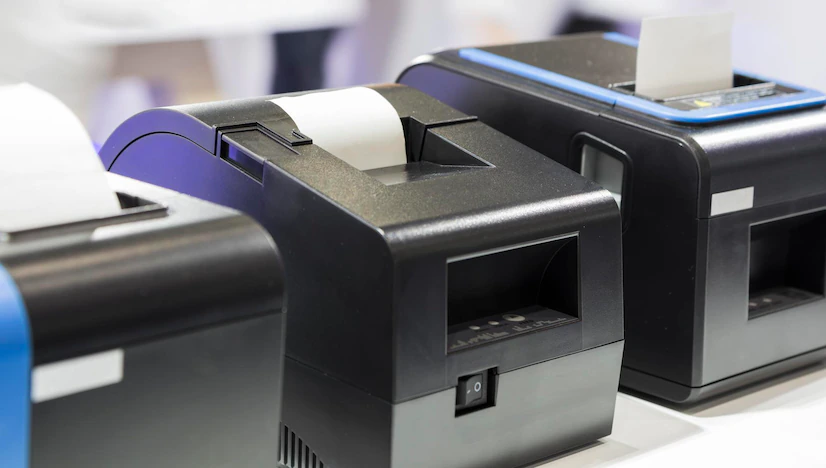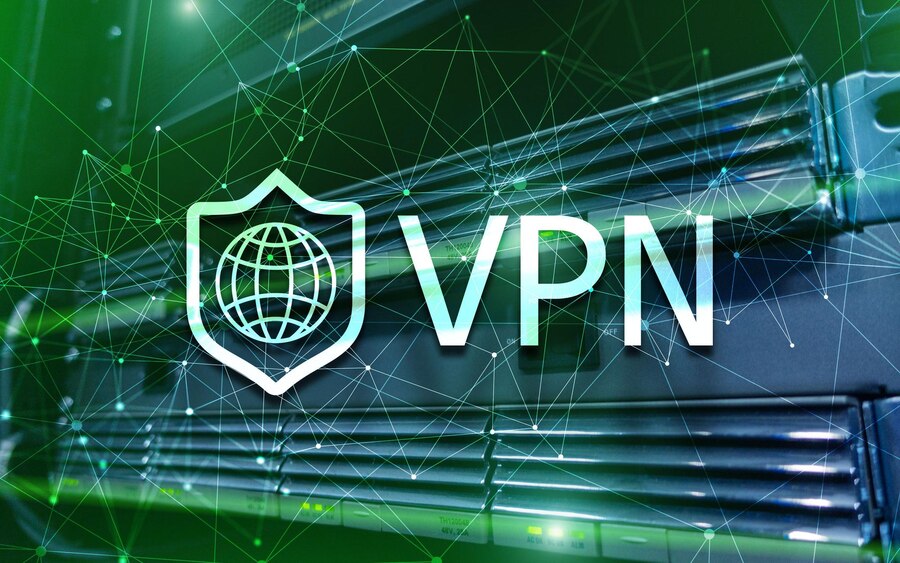The Ultimate Guide To Direct-To-Card ID Printers
5 Mins Read
Published on: 07 October 2023
Last Updated on: 26 October 2023

toc impalement
A direct-to-card printer is a type of ID card printer that prints images and text directly onto the surface of a plastic card. Unlike other printers that require a separate printing medium like labels or transfer film, direct-to-card printers can print directly onto the card itself. This makes them a popular choice for producing ID cards, access cards, membership cards, and more.
How Does It Work?
Direct-to-card printers use a printing process called dye-sublimation. In this process, the printer uses a thermal printhead to heat and transfer ink from a ribbon onto the surface of the plastic card. The ribbon contains panels of colored dye that are transferred in layers to create the final image on the card. Additionally, some direct-to-card printers also have the capability to print black resin panels for sharp text and barcodes.
These printers are set up with the printer ribbon. The printer moves beneath the print head. The latter uses the head to make the ribbon operational. When the ribbon attains the temperature, ink gets released into the cards through the dye sublimation.
The two spools guide the ribbon used in the printer. They enable the ribbon to move over the number of times until the designs are printed completely on the plastic card. Now that the printing is done the card will get ejected from the machine.
What Are The Benefits?
Direct-to-card printers offer several benefits that make them a popular choice for ID card printing. Let’s look at them here.
Affordability
One significant advantage is their price. Compared to other types of printers, direct-to-card printers are generally more affordable, making them a cost-effective option for organizations with budget constraints.
Simplest Of Photographic Ids
Another benefit is their printing speed. Direct-to-card printers can produce ID cards quickly, allowing for efficient card production in high-volume environments. This is especially advantageous for organizations that need to issue a large number of ID cards in a short amount of time.
Speed
Another benefit is their printing speed. Direct-to-card printers can produce ID cards quickly, allowing for efficient card production in high-volume environments. This is especially advantageous for organizations that need to issue a large number of ID cards in a short amount of time.
Durability
The plastic ID card printers that are produced using PVC ID card printers have quite an extensive life span, and they resist environmental factors much easier compared to other printers.
Printing Quality And High-Volume
The PVC ID card printers have the quality to produce high-quality prints. You have much sharper quality of pictures if you use these printers. It denotes you will be able to produce the best quality prints using comparatively older technology. Thats the advantage that you have against the other forms of printers.
Though they are older than others regarding technology, their efficacy can not be questioned. These direct-to-card printers remain the most popular type overall.
What Are The Limitations?
While direct-to-card printers have numerous advantages, it’s essential to consider their limitations as well. One limitation is related to access control. Direct-to-card printers are primarily designed for printing on the flat surface of the card, which means they may not be suitable for printing access control features such as proximity or smart card chips. If your organization requires advanced access control features, you may need to consider alternative printing methods.
Another limitation is related to print quality. While direct-to-card printers can produce high-quality images and text, they may not achieve the same level of print resolution as other printing technologies like retransfer printers. This can be a consideration if you require extremely detailed or intricate designs on your ID cards.
Additionally, the lifespan of ID cards printed with direct-to-card printers may be slightly shorter compared to cards produced with other methods. The direct contact between the printhead and the card surface can cause wear over time. However, with proper care and protection, the difference in card lifespan is generally negligible for most applications.
What Are They Best For?
Direct-to-card printers are best suited for applications where cost-effectiveness and
speed are prioritized over advanced access control features or the highest print resolution. They are an excellent choice for organizations that need to print large quantities of ID cards quickly, such as corporations, educational institutions, and events.
Furthermore, direct-to-card printers are ideal for applications that require simple yet professional-looking ID cards. They are suitable for producing employee badges, student IDs, visitor passes, membership cards, and more.
What Printer Options Can Be Added To A Direct-To-Card Printer?
The exact plastic card printer options may vary depending on the models. Let us try to look at some of the printing options that you have with this card.
Dual-Sided Printing Module
This printing module is quite effective if you are looking to print a lot of information. Technically speaking, you can create a dual-sided card with a single-sided printer. However, merely having to print on the back side of the ID cards is time-consuming but also holds its own risks. It can cause damage to the printhead, and it also affects the quality of printed cards.
Encoded Printed Modules
This printing module has its benefits and advantages. But you have to agree that this one may not suit your requirements. The type of encoders may vary between the printers. At the same time, the upgrading modules for the magnetic stripe access control and proximity cards are available. It denotes that this particular print option is suitable mainly for the MIFARE Classic and HID’s iCLASS.
Getting Started With Direct-To-Card Printers
Direct-to-card printers offer a cost-effective and efficient solution for ID card printing. With their ability to print directly onto plastic cards, these printers provide convenience and speed without compromising the quality of the final product.
While they may have some limitations, direct-to-card printers are well-suited for organizations that prioritize affordability and speed in their ID card production. Consider your specific requirements and choose a direct-to-card printer that meets your needs, and you’ll have a reliable tool for creating professional ID cards with ease.
Read Also:


















Comments Are Closed For This Article